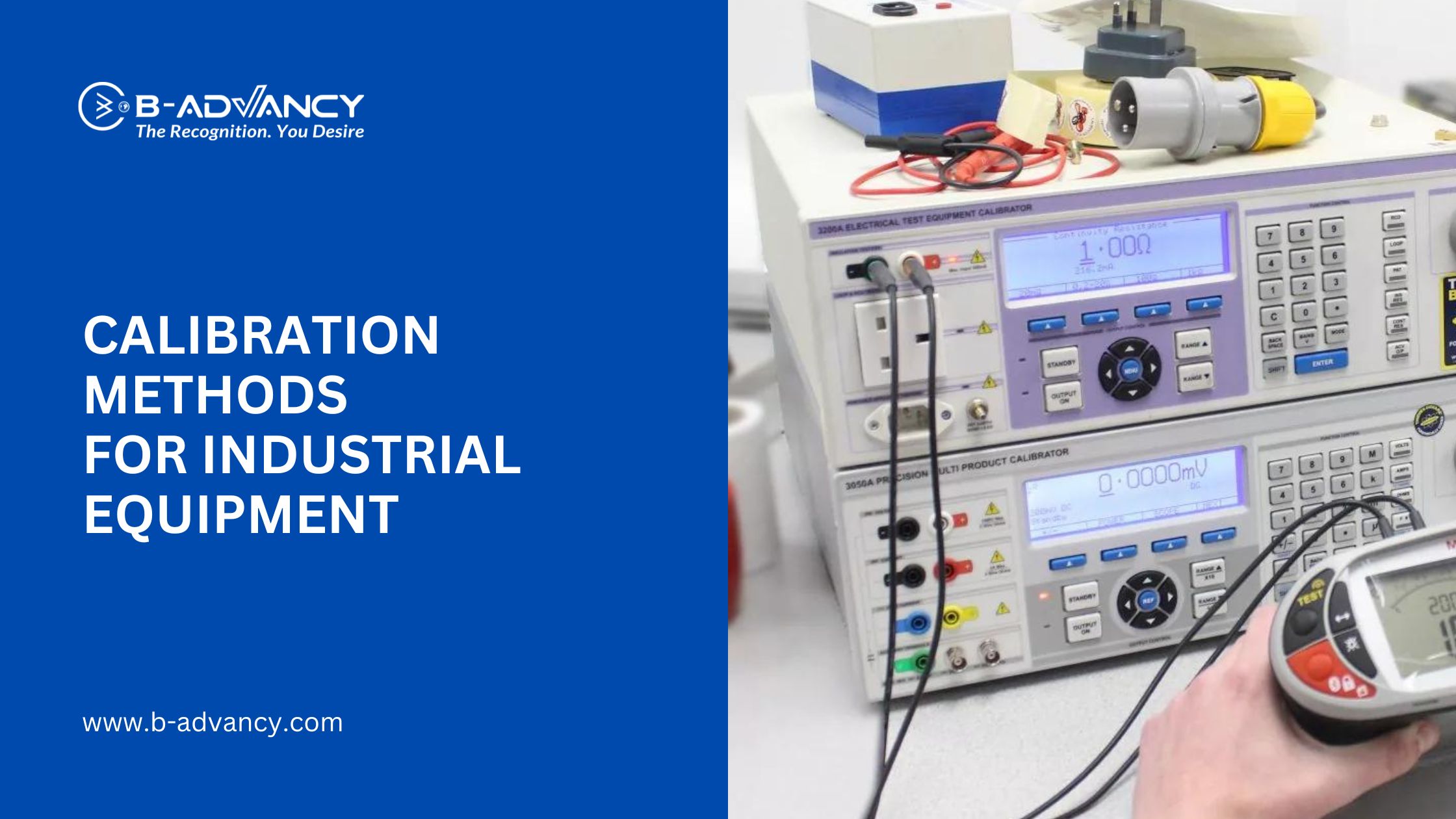
Imagine a manufacturing plant where every machine is perfectly synchronized, running smoothly without unexpected breakdowns or costly downtime. This ideal scenario is closer to reality in facilities where calibration is taken seriously. Calibration is a critical process that ensures industrial equipment operates accurately and efficiently, contributing to overall productivity and safety. This blog will explore the significance of calibration, the various methods used, standards and guidelines, necessary tools, and how to implement an effective calibration program.
Calibration is essential for maintaining the efficiency of industrial machinery. When equipment operates within specified tolerances, it performs optimally, reducing the likelihood of unexpected failures. This not only minimizes downtime but also lowers maintenance costs. Regular calibration ensures that machines are fine-tuned, reducing the need for frequent repairs and extending the equipment's lifespan.
Safety is paramount in industrial settings, and malfunctioning equipment can pose significant risks. Calibration helps prevent accidents by ensuring that all machinery operates correctly. Properly calibrated equipment adheres to safety standards and regulations, reducing the chances of hazardous incidents that could harm workers and damage property.
Consistent product quality is crucial for maintaining a company's reputation and customer satisfaction. Calibration plays a vital role in quality control by ensuring that manufacturing processes produce uniform products. This minimizes waste and rejects, saving resources and boosting overall efficiency. Proper calibration helps maintain high standards, ensuring that every product meets the required specifications.
Manual calibration involves using manual tools and reference standards to adjust equipment. Technicians compare the output of the device with a known standard and make necessary adjustments to align the readings. While manual calibration can be highly accurate, it is often time-consuming and labor-intensive. It requires skilled personnel and can be prone to human error.
Automated calibration uses software and automated systems to calibrate equipment. This method is faster and more efficient than manual calibration, reducing the time and labor required. Automated systems can perform complex calculations and adjustments with high precision. However, the initial setup costs can be high, and the technology may require regular updates and maintenance.
In-situ calibration involves calibrating equipment in its operational environment. This method minimizes downtime since the equipment does not need to be removed from service for calibration. However, environmental factors such as temperature and humidity can interfere with the calibration process. In-situ calibration is often used in industries where continuous operation is critical.
Factory calibration is performed by the manufacturer before the equipment is shipped. This method ensures high precision and is typically done under controlled conditions. However, equipment may need recalibration after installation due to environmental changes or handling during transportation. Factory calibration provides a reliable starting point, but ongoing calibration is necessary to maintain accuracy.
Adhering to national and international standards is crucial for ensuring accurate and reliable calibration. Organizations like ISO, ANSI, and NIST provide guidelines and standards for calibration procedures. These standards ensure consistency and reliability across different industries and geographic locations, promoting global compatibility and quality.
Different industries have specific guidelines for calibration based on their unique requirements. For example, the pharmaceutical industry demands stringent calibration standards to ensure product safety and efficacy. The automotive industry requires precise calibration to maintain vehicle performance and safety. Adhering to industry-specific guidelines ensures that calibration procedures meet the necessary regulatory and operational standards.
Various calibration instruments are used depending on the type of equipment and measurement needed. Common calibrators include pressure, temperature, and electrical calibrators. Reference standards and measurement devices, such as gauge blocks and thermometers, provide the known values against which equipment is calibrated.
Selecting the right calibration instruments involves considering accuracy and precision requirements. The instruments must be compatible with the industrial equipment being calibrated. Factors such as range, resolution, and environmental conditions also play a role in selecting suitable calibration tools.
Regular maintenance of calibration instruments is essential to ensure their accuracy. This includes following maintenance schedules and performing routine checks. Recalibrating calibration tools is necessary to maintain their reliability and precision. Proper maintenance extends the lifespan of the instruments and ensures consistent performance.
Creating a calibration schedule involves determining the frequency of calibration based on factors such as equipment usage, manufacturer recommendations, and industry standards. Critical equipment may require more frequent calibration to ensure accuracy and reliability. A well-planned schedule helps maintain optimal performance and compliance with standards.
Maintaining detailed records of calibration activities is crucial for tracking equipment performance and compliance. Accurate documentation includes calibration dates, results, and any adjustments made. Software tools can help manage and track calibration data, making it easier to analyze trends and plan future calibrations.
Ensuring that staff are properly trained in calibration procedures is essential for maintaining accuracy and safety. Training programs provide the necessary skills and knowledge for effective calibration. Certification programs validate the competence of personnel, enhancing the reliability of the calibration process and ensuring compliance with standards.
Calibration faces several challenges, including environmental factors like temperature and humidity, which can affect measurements. Equipment wear and tear can also impact accuracy over time. Additionally, human error during manual calibration can lead to inaccuracies.
Implementing environmental controls can mitigate the effects of temperature and humidity on calibration. Regular maintenance and inspection of equipment help identify and address wear and tear issues. Automation and advanced technologies, such as IoT and AI, can enhance accuracy and reduce human error in calibration processes.
Calibration is a critical component of industrial operations, ensuring efficiency, safety, and quality control. Various calibration methods, from manual to automated, offer different benefits and challenges. Adhering to standards and guidelines, using appropriate calibration tools, and implementing a structured calibration program are essential for maintaining accurate and reliable equipment. As technology advances, new calibration methods and tools will continue to enhance precision and efficiency, driving future trends in the industry.